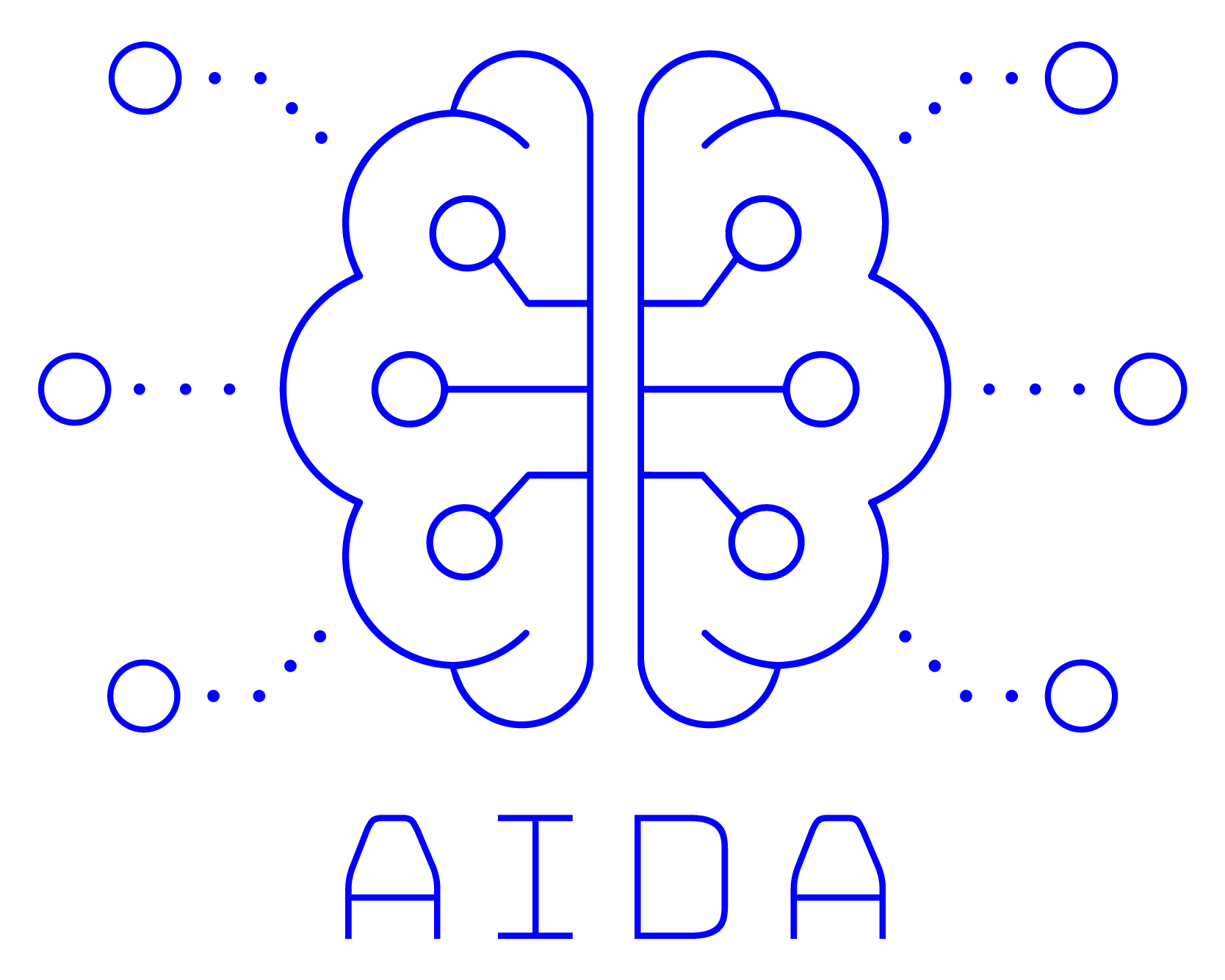Three years and many results later, the AIDA project comes to an end

After three years working on harnessing the power of edge computing and federated machine learning, AIDA project has come to an end with many and significative outcomes in the fields of data processing, scalability, and privacy protection:
- 8 software tool
- 42 scientific publications:
- 3 with PT partners and CMU
- 3 with Mobileum
- 2 use cases:
- Bot net detection
- Anomalous Behavior Detection
This is what our coordinator has to say about the work developed in the last years and the main contributions from the AIDA project:
“Unlike previous evolution’s, 5G re-thinks and re-architects how the network is built and managed, by introducing emerging use cases urllc(Ultra Reliable Low Latency Communications), mmtc (massive Machine Type Communications) , embb ( enhanced Mobile Broadband) and business models, affecting not only consumers but also enterprises and industries. In 5G, most subscribers will not be consumers as before, the bulk of 5G will consist in IoT devices with quite different behaviors from human subscribers. In fact, even in terms of IoT and depending on the use case, IoT devices can actually have totally different behaviors (e.g: a Smartmeter and a connected car).
Furthermore, the capabilities to support the divergent use cases in 5G, can only be accomplished in a flexible and efficient architecture, with the agility of modular network functions which can be quickly deployed and scaled on demand.
Taken together, 5G networks bring significant changes to fraud management, namely by introducing new use cases and consequently new attack vectors and type of stakeholders involved in fraud, as well as massive volumes of information that require a distributed approach to process them.
The main contribution of the AIDA Project is to address the changes in the current threat model for 5G, explicitly proposing (I) a distributed edge computing Federated ML architecture on the 5G Edge, using decentralized data to train ML models, supporting the processing of massive volumes of information in real time; (II) linear, scalable, ranked out, parameter free methods that are able to identify abnormal behavior in smart fraud context where artificial intelligence is used to perpetrated fraud and avoid detection; (III) Visualization of Million-Scale Call Graphs, with meaningful and explainable visualizations extracts to assist analysts in spotting fraudsters and suspicious behavior.
AIDA represents the effort of the industry with a consortium of academic partners from multiple areas with the goal of providing a solution that enables us to face the challenges of 5G fraud and distributed platform components, achiving greater levels of scalability, by leveraging the increasing edge computing capacity made available by the IoT, and the imminent large-scale deployment of 5G cellular technology.”
— Pedro Fidalgo, Mobileum
© AIDA, 2023
